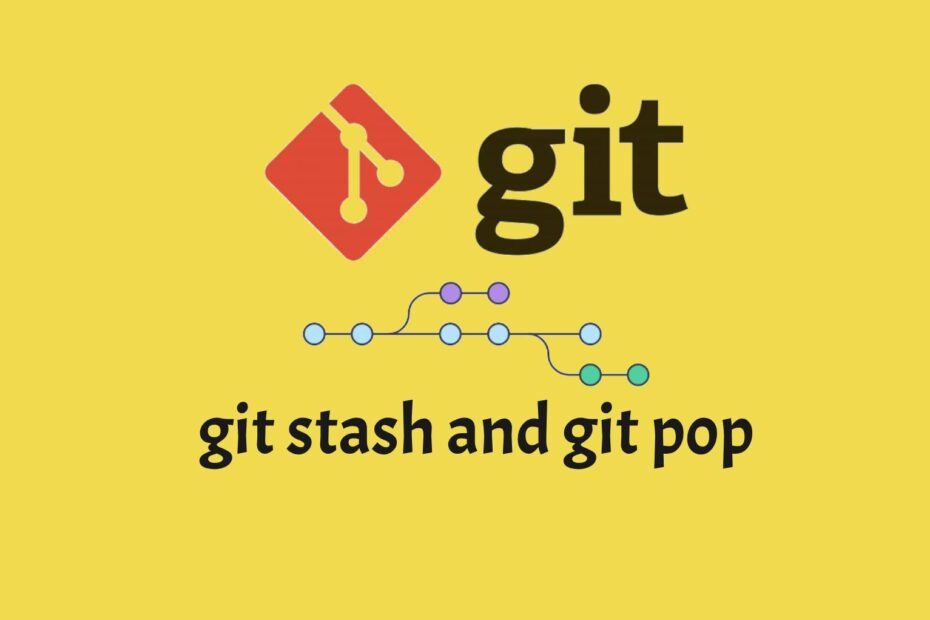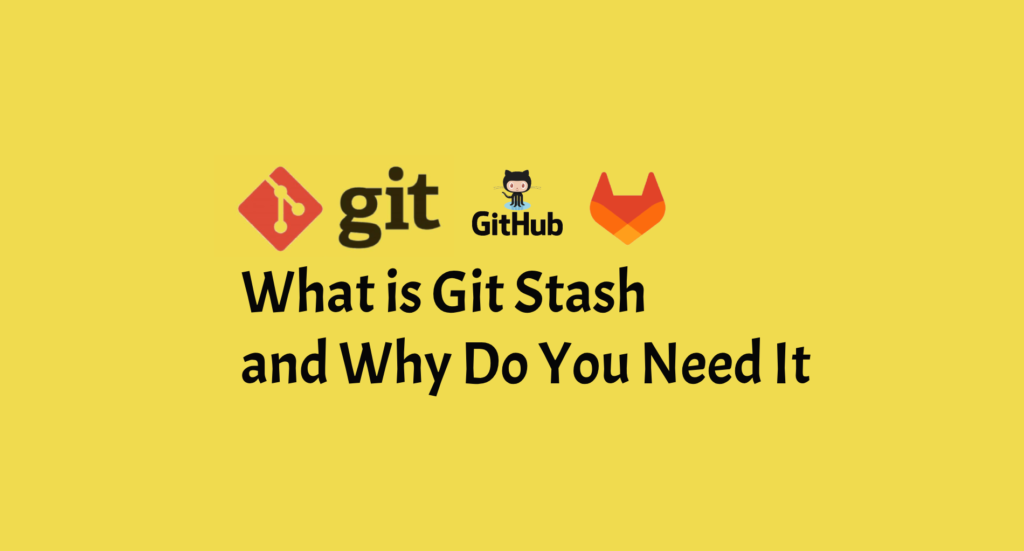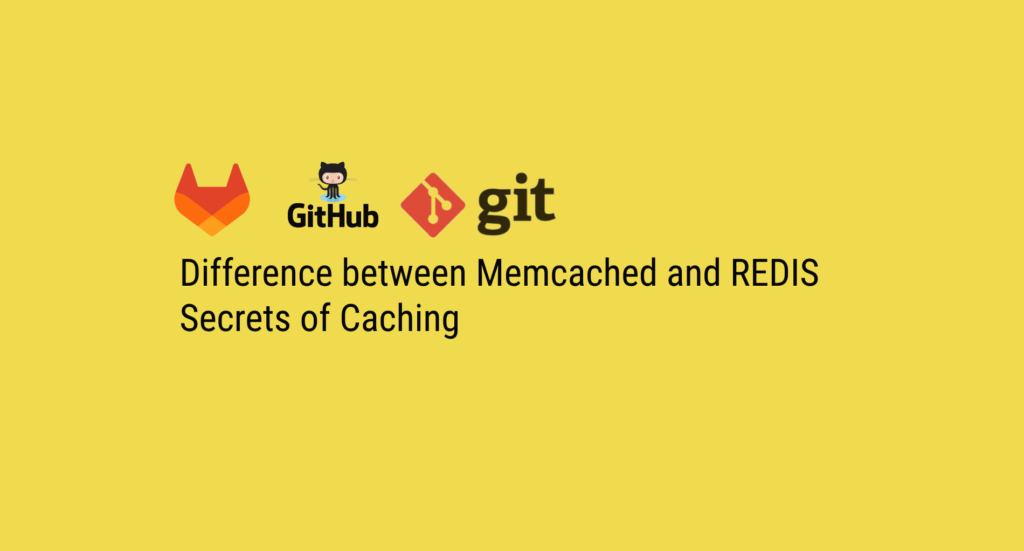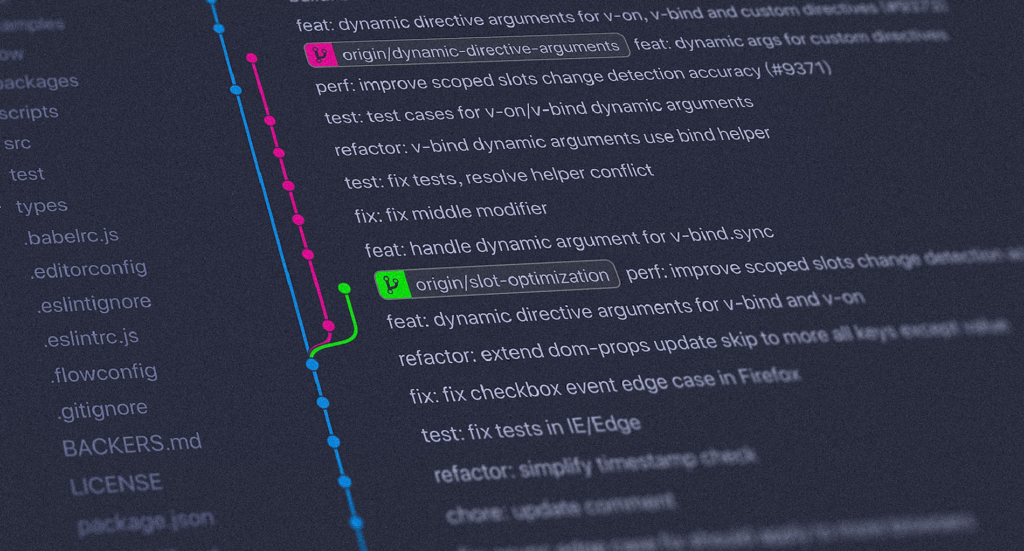Introduction
Version control is essential in software development because it ensures that changes to a codebase are organised and controllable. Git, a popular distributed version control system, includes a number of sophisticated tools for controlling changes. Two of these commands, “git stash pop” and “git stash apply,” are essential for dealing with transient modifications. In this post, we’ll look at the distinctions between “git stash pop” and “git stash apply,” as well as their applications, advantages, and recommended practises.
Key Differences Between git stash pop and git stash apply
| Aspect | git stash pop | git stash apply |
| Definition | Removes and applies the top stash | Applies the top stash without removing |
| Applied Stash | Removed from stash list | Retained in stash list |
| Stash Order | Last-in, first-out (LIFO) | User-defined |
| Safety | Can cause conflicts | Safer due to separate application |
| Commit Stash Changes | No | Optional |
| Interactive Mode Support | No | Yes |
Difference between git stash pop and git stash apply
The main difference between “git stash pop” and “git stash apply” is how they deal with stashed modifications. When you use “git stash pop,” the top stash in the stash list is removed and instantly applied to the working directory. In contrast, “git stash apply” also applies the top stash, but unlike “git stash pop,” it does not remove the stash from the list. Depending on your tastes and the individual situation, this fundamental distinction can have a big impact on your workflow.
Benefits of Using git stash pop
When you use “git stash pop,” you are optimising your workflow in a certain way. Not only is the removed stash applied to the working directory, but it is also removed from the stash list. This automated removal can be useful because it keeps your stockpile list clean and eliminates clutter. However, there are some instances in which this convenience could lead to conflict. For example, if the applied stash modifications clash with the existing state of the codebase, you may discover merge conflicts that must be resolved before proceeding.
Benefits of Using git stash apply
“git stash apply” on the other hand, takes a more careful approach. Like “git stash pop,” the top stash is applied to the working directory, but the stash stays in the stash list. This method adds an extra degree of security. Because the stash isn’t automatically destroyed, you have time to analyse the modifications, address any potential conflicts, and ensure a smooth incorporation into the codebase. This is especially important when you’re unsure how the stored modifications will interact with the current state of the code.
Practical Scenarios for Using git stash pop
- Quick Fixes: Imagine you’re working on a feature branch and need to address a critical bug on the main branch. Using “git stash pop” would allow you to apply the fix swiftly and continue working, with the stash automatically removed.
- Limited Stash Usage: If you prefer to keep a minimal stash list and often find that your stashed changes are no longer needed once applied, “git stash pop” can be a time-saving option.
Example
# Save your current changes to a stash
git stash
# Switch to the main branch
git checkout main
# Fix the critical bug
# ...
# Commit the bug fix
git commit -m "Fixed critical bug on main branch"
# Switch back to your feature branch
git checkout feature/your-feature
# Apply and remove the saved stash
git stash pop
Practical Scenarios for Using git stash apply
- Complex Changes: When dealing with complex changes that might introduce conflicts, using “git stash apply” gives you the chance to carefully inspect the changes before fully integrating them.
- Review Process: If you’re collaborating with a team and want to ensure that stashed changes align seamlessly with the codebase, “git stash apply” lets you review and address conflicts as needed.
Example
# Apply the first stash and review the changes
git stash apply stash@{1}
# Address any conflicts and test the changes
# ...
# Commit the first stash changes
git commit -m "Integrated first stash changes"
# Repeat the process for other stashed changes
git stash apply stash@{2}
# Address conflicts and test
git commit -m "Integrated second stash changes"
# ...
Understanding git stash list and git stash changes
Along with “git stash pop” and “git stash apply,” it’s critical to understand related commands like “git stash list” and “git stash changes.” The “git stash list” command displays a list of stashed changes, giving you an overview of the stashes that are available. Meanwhile, “git stash changes” displays the differences between a stash and your codebase’s current state.
# View the list of stashed changes
git stash list
Additional Useful Commands
- git stash command: The “git stash” command itself is used to save changes that are not ready to be committed yet. It’s the precursor to both “git stash pop” and “git stash apply.”
Example: Using git stash apply and git stash pop
Using git stash apply
Assume you’re in the process of developing a new feature when a critical bug is discovered on the main branch. To address the bug and then continue working on your feature, execute the following commands:
# Save your current changes to a stash
git stash
# Switch to the main branch
git checkout main
# Make the necessary bug fix
# ...
# Commit the bug fix
git commit -m "Fixed critical bug on main branch"
# Switch back to your feature branch
git checkout feature/your-feature
# Apply the saved stash
git stash apply
Using git stash pop
Alternatively, let’s consider a scenario where you need to address a critical bug on the main branch, and you want to apply the stashed changes and remove them from the stash list:
# Save your current changes to a stash
git stash
# Switch to the main branch
git checkout main
# Make the necessary bug fix
# ...
# Commit the bug fix
git commit -m "Fixed critical bug on main branch"
# Switch back to your feature branch
git checkout feature/your-feature
# Apply and remove the saved stash
git stash pop
Frequently Asked Questions (FAQs)
Can I undo a “git stash pop” or “git stash apply” operation?
Yes, you can undo both operations using the “git reset” command, but you’ll need to identify the commit hash of the stash to restore.
Can I apply a specific stash other than the top one?
Yes, you can specify the stash you want to apply using the syntax “git stash apply stash@{n}” or “git stash pop stash@{n}”, where “n” represents the stash index.
Are conflicts common when using “git stash pop”?
Yes, conflicts can occur if the changes in the stash conflict with the current state of the codebase. It’s important to resolve these conflicts before proceeding.
Can I partially apply changes from a stash?
Yes, you can use the “git checkout” command to selectively apply changes from a stash to your working directory.
Related Articles
What Is Git Stash And Why Do You Need It
NoSQL Vs SQL: Understanding The Differences And Choosing The Right Database For Your Needs
Git Delete Remote Branch – How To Remove A Remote Branch In Git
MongoDB Interview Questions And Anwers
Conclusion
Every Git user must be able to manage remote branches. You can keep your Git repository organised, efficient, and safe by knowing the process of deleting remote branches and adhering to best practises. Keep in mind to double-check branch status, handle issues with caution, and communicate with your team during the branch deletion process.






